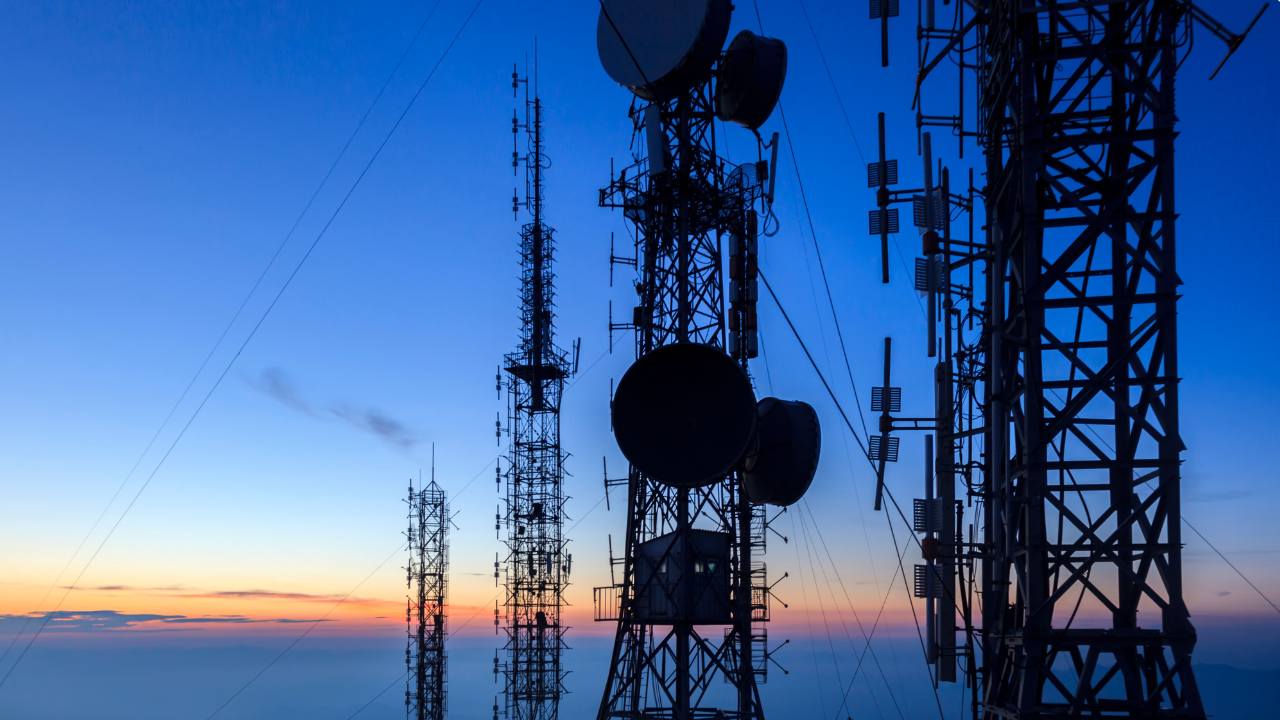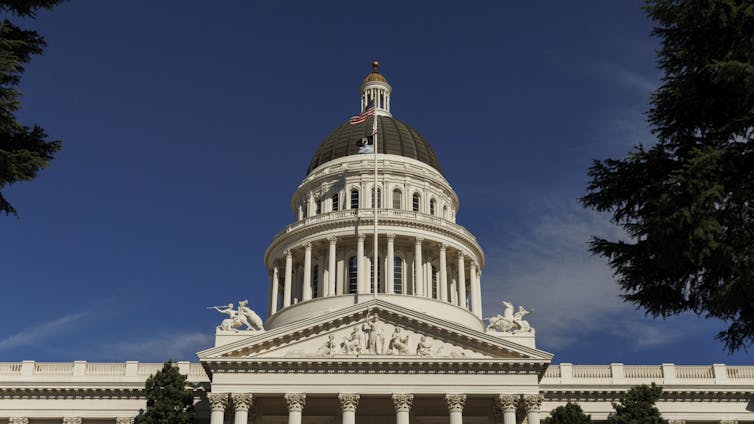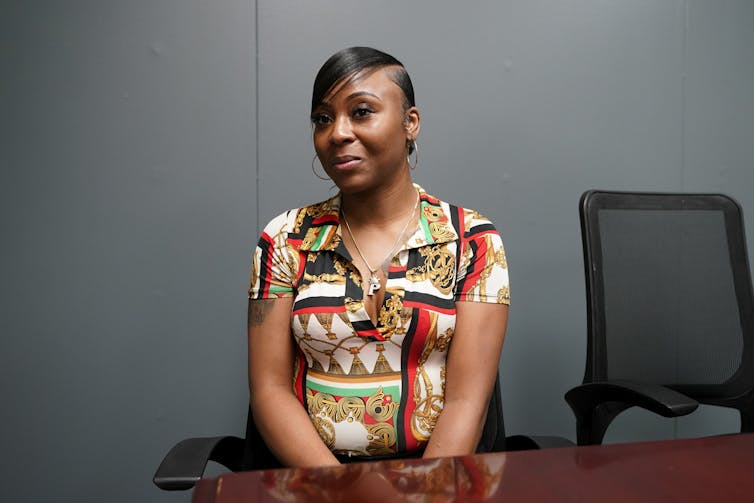
Daniel de la Hoz/Moment via Getty Images
Abdulmalik Alluhidan, Vanderbilt University
Social media is a complex environment that presents both opportunities and threats for adolescents, with self-expression and emotional support on the one hand and body-shaming, cyberbullying and addictive behaviors on the other. This complexity underscores the challenge to regulating teen social media use, but it also points to another avenue for protecting young people online: how social media platforms are designed.
The growing debate around teen social media use has intensified, with recent bipartisan policy efforts in the U.S., such as the Kids Online Safety Act, seeking to protect young people from digital harms. These efforts reflect legitimate concerns. However, broad restrictions on social media could also limit benefits for teens, throwing the baby out with the bath water.
I am a researcher who studies online safety and digital well-being. My recent work with colleagues in computer scientist Pamela Wisniewski’s Socio-Technical Interaction Research Lab underscores a critical point: social media is neither inherently harmful nor entirely beneficial. It is a tool shaped by its design, how teens use it, and the context of their experiences.
In other words, social media’s impact is shaped by its affordances – how platforms are designed and what they enable users to do or constrain them from doing. Some features foster connection while others amplify harms.
As society moves toward practical solutions for online safety, it is important to use evidence-based research on how these features shape teens’ social media experiences and how they could be redesigned to be age appropriate for young people. It’s also important to incorporate teens’ perspectives to pinpoint what policies and design choices should be made to protect young people using social media.
My colleagues and I analyzed over 2,000 posts from teens ages 15-17 on an online peer-support platform. Teens openly discussed their experiences with popular social media platforms such as Instagram, YouTube, Snapchat and TikTok. Their voices highlight a potential path forward: focusing on safety by design – an approach that improves platform features to amplify benefits and mitigate harms. This approach respects young people’s agency while prioritizing their digital well-being.
What teens say about social media
While social media’s worst outcomes such as cyberbullying or mental health crises are often in the spotlight, our research shows that teens’ experiences are far more nuanced. Instead, platforms enable diverse outcomes depending on their features and design.
Teens commonly described negative experiences involving social drama, cyberbullying and privacy violations. For example, Instagram was a focal point for body-shaming and self-esteem issues, driven by its emphasis on curated visual content. Facebook triggered complaints about privacy violations, such as parents sharing private information without teens’ consent. Snapchat, meanwhile, exposed teens to risky interactions due to its ephemeral messaging, which fosters intimate but potentially unsafe connections.
At the same time, teens expressed that social media provides a space for support, inspiration and self-expression, particularly when offline spaces feel isolating. Teens used social media to cope with stress or seek out uplifting content.
Platforms such as Snapchat and WhatsApp were key spaces for seeking connection, enabling teens to build relationships and find emotional support. Snapchat, in particular, was the go-to platform for fostering close personal connections, while YouTube empowered teens to promote their creativity and identity by sharing videos.
Many praised Instagram and Snapchat for providing inspiration, distraction or emotional relief during stressful times. Teens also used social media to seek information, turning to YouTube and Twitter to learn new things, verify information or troubleshoot technical problems.
These findings underscore a critical insight: Platform design matters. Features such as algorithms, privacy controls and content-sharing mechanisms directly shape how teens experience social media. These findings further question the perception of social media as a purely negative force. Instead, teens’ experiences highlight its dual nature: a space for both risk and opportunity.
Key to safer social media
The concept of affordances – design and features – helps explain why teens’ experiences differ across platforms and provides a path toward safer design. For example, Instagram’s affordances such as image sharing and algorithmic content promotion amplify social comparison, leading to body-shaming and self-esteem issues. Snapchat’s affordances, such as ephemeral messaging and visibility of “best friends,” encourage personal connections but can foster risky interactions. Meanwhile, YouTube’s affordances, such as easy content creation and discovery, promote self-expression but can contribute to time-management struggles due to its endless scroll design.
By understanding these platform-specific designs and features, it is possible to mitigate risks without losing the benefits. For example, Facebook could allow for appropriate levels of parental oversight of teen accounts while preserving privacy. Instagram could reduce algorithmic promotion of harmful content. And Snapchat could improve safety features.
This safety by design approach moves beyond restricting access to focus on improving the platforms themselves. By thoughtfully redesigning social media features, tech companies can empower teens to use these tools safely and meaningfully. Policymakers can focus on holding social media companies responsible for their platforms’ impact, while simultaneously promoting the digital rights of teens to benefit from social media use.
Call for safety by design
It’s important for policymakers to recognize that social media’s risks and rewards coexist. Instead of viewing social media as a monolith, however, policymakers can target the features of social media platforms most likely to cause harm. For example, they could require platform companies to conduct safety audits or disclose algorithmic risks. These steps could encourage safer design without limiting access.
By addressing platform affordances and adopting safety by design, it is possible to create digital spaces that protect teens from harm while preserving the connection, creativity and support that social media enables. The tools to build a future where teens can thrive are already available; they just need to be designed better.
Pamela Wisniewski contributed to the writing of this article.
Abdulmalik Alluhidan, Ph.D. student in Computer Science, Vanderbilt University
This article is republished from The Conversation under a Creative Commons license. Read the original article.

























































